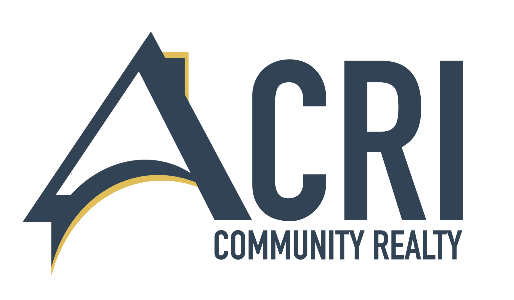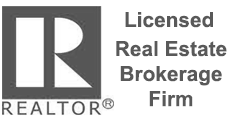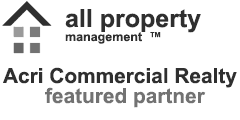In 1970, there were only 10,000 communities with homeowners associations, but by 2016 that number had swelled to more than 323,000 communities that were home to some 69 million residents, according to the Foundation for Community Association Research. Association leaders use a variety of methods to get information to residents, and a number have turned to social media to do the trick.
Tricks to Improve HOA Member Communications
Please watch this quick Getting Started Video guide to using Facebook and Twitter to communicate with members of your homeowner’s association.
Facebook is an excellent conduit for disseminating the latest information and news to association members. Use your Facebook page to remind members about due dates for HOA payments, announce the opening and closing times for the pool, promote community activities and ask for volunteers to run these events. Some associations also use Facebook to post about lost and found pets. Additionally, the Facebook page needs to be set up correctly.
The main drawback of Facebook, however, is that open forum such as these need to be monitored. Otherwise, disgruntled homeowners could air out their beefs with an association in a very public way. Homeowners could even engage in angry online exchanges with one another. Assign someone to monitor an HOA Facebook page for any improper pictures or posts. That person should also be responsible for answering any questions posed by homeowners. Keep in mind
To head off such problems, a homeowner association should post rules at the top of its page stating what type of things can and cannot be posted on its page. The HOA should also state that it reserves the right to delete any posts it finds inappropriate from its page.
According to Business Insider, Twitter is still not as popular with “ordinary people” as Facebook is. It is still a useful (and free) way to connect with homeowners, however. Twitter might even be the best way for an association to keep in touch with adults in their 20s, as recently reported that a growing number of these people have deleted or stopped using their Facebook accounts.
Twitter is better suited to posting (“tweeting”) quick reminders or announcements about upcoming events rather than as a way to post important association information.
Hard Copy Newsletters
Even in today’s hyper-digital age, you still need to deliver important information to homeowners in a hard copy. There are still those who don’t go online—for example, about 47 percent of American 65 years and older do not use the Internet, according to the Pew Research Center. Most associations try to communicate such information to their homeowners through their newsletters. However, there are times when urgent matters arise that need to be disseminated as soon as possible. In those situations, an association may consider using direct mail services.
Email Campaigns
However, there are times when urgent matters need to be disseminated as soon as possible. An email marketing solutions will help you stay compliant with spam and privacy laws known in the industry as CAN-SPAM. Many of these services are fee-based. In order to send branded messages from your Association Website, you will need access to your web hosting account records. For the ordinary person, help will be needed from a professional developer.
The downside to email campaigns is that homeowners will need to subscribe to the service to get messages. Emails can be collected at Homeowner Meetings along with a “permission to contact document”. Always make sure subscribers have the ability to “unsubscribe” at any time. Furthermore, it does take time to create and carefully craft the messages. Choose a management company that has the capability to deliver content in an engaging and interesting way to homeowners.








